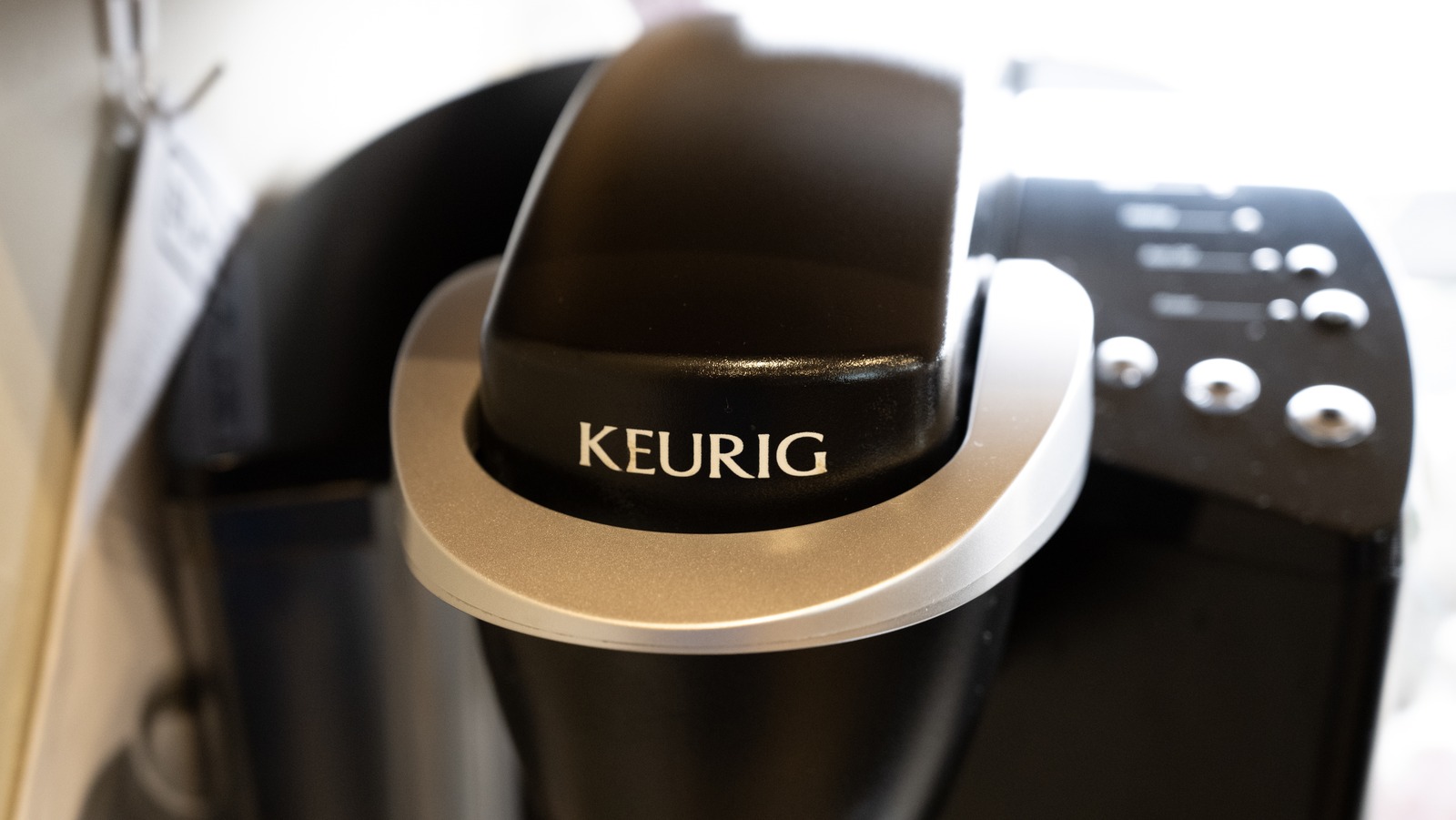
"But just because Keurigs make coffee convenient doesn't mean they don't need maintenance. When the single-serve device isn't regularly cleaned, you invite mold into its crevices, which may be toxic to consume or negatively affect the flavor of your brew. By avoiding this common Keurig mistake, you not only get the best-tasting product possible, but you can also extend the life of your machine."
"Clean your device on a regular schedule to keep the process as straightforward as possible. As a general rule of thumb, you can lightly clean your Keurig every week, and descale the water reservoir and lines every two to three months. You don't need special equipment and can clean your tabletop appliance with soap and water. However, if you do decide to use a cleaner, avoid products that contain alcohol, bleach, or ammonia, as they may leave unsafe residues that could damage your machine."
"It's also a good idea to routinely check for mold in hidden crevices, which may creep up as a result of the machine's consistently moist environment. One of the moldiest components of the Keurig is the drip tray, the region under your cup that collects any spilled water or coffee. But mold can develop in any undisturbed or unwashed area of your machine, and is inevitable over time without regular maintenance."
Keurig machines require routine cleaning to prevent mold growth, preserve flavor, and prolong machine life. Perform light cleanings weekly, washing the pod holder, water reservoir, water filter cartridge, spill tray, and piercing needle with non-toxic soap. Descale the water reservoir and internal lines every two to three months. Avoid cleaners containing alcohol, bleach, or ammonia because they can leave unsafe residues. Routinely inspect hidden crevices and the drip tray for mold, since moist components invite growth. Cleaning pods can help reach internal areas and remove stains without special equipment.
Read at Tasting Table
Unable to calculate read time
Collection
[
|
...
]